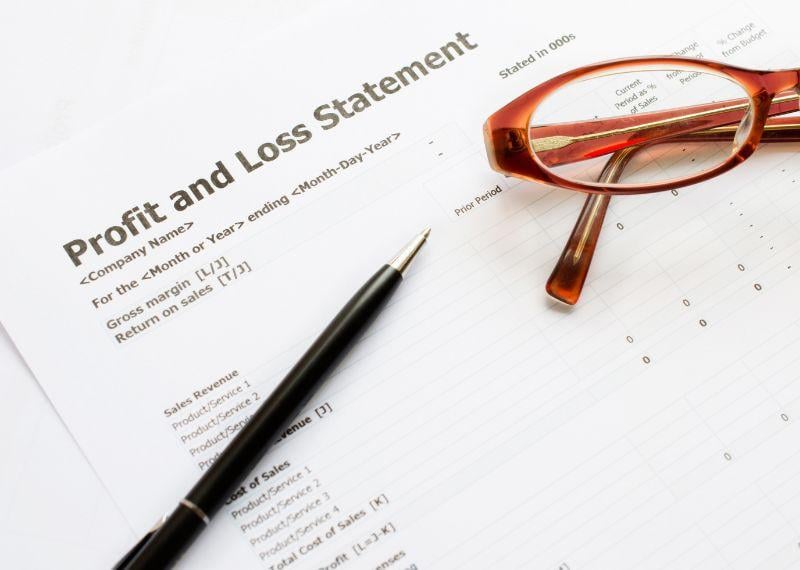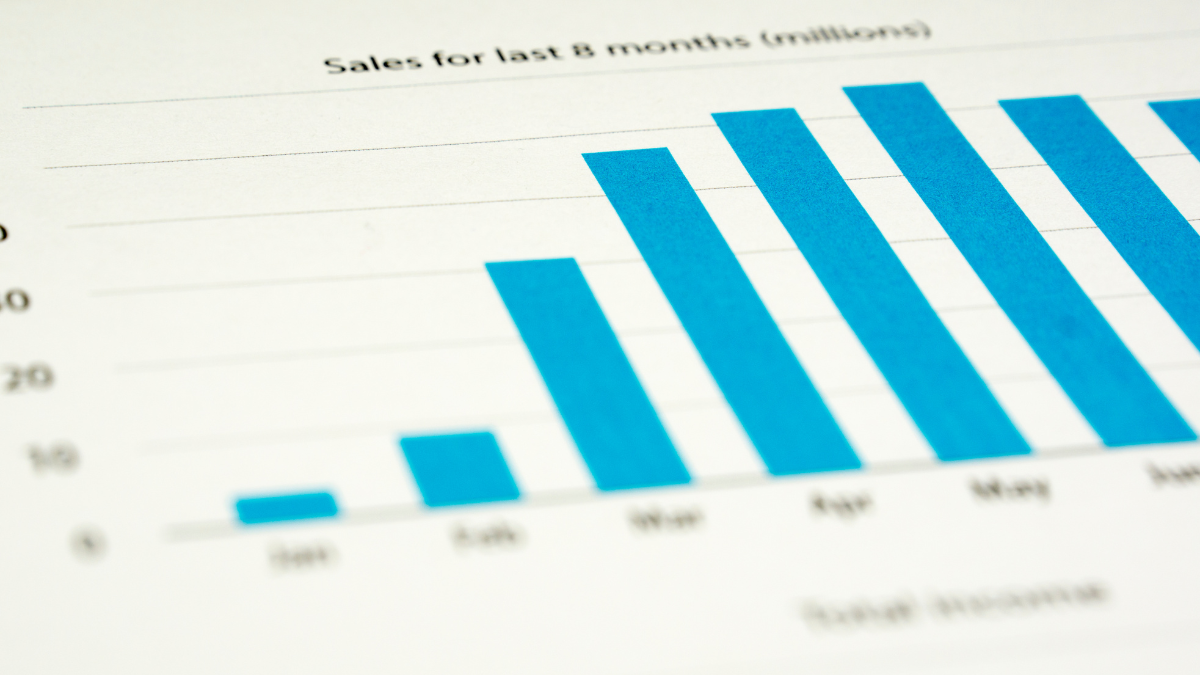Understanding your profit margin is essential for managing your small business finances.
Key Takeaways You Will Get From This Article
1. To determine your company's overall profit margin you must determine your net income (revenue-expenses), then divide your net income by your revenue, and finally you can multiply your total by 100 to get your profit margin percentage.
2. No matter what type of business you have, knowing your net profit margin helps you understand how your sales translate into revenue dollars and profit.
3. Knowing your margins will allow you to compare your business to others in your industry which is helpful for market research.
4. Review your own business’s year-to-year profit margins to ensure that you are on solid financial footing.
Profit margins are very simple and widely used financial ratios in corporate finances.
And while it may seem pretty straightforward, there are many things small business owners either don’t know or forget about when calculating profit margins.
In the article below, we will discuss how to calculate your profit margins.
Table of Contents:
- What is Your Profit Margin?
- Types of Profit Margins
- Three Steps to Calculate Your Profit Margin
- Example of Profit Margin
- Why Should You Know Your Small Business’s Net Profit Margin?
- What is a Good Net Profit Margin?
- Increase Your Bottom Line
What is Your Profit Margin?

Before we discuss calculating your margins, we need to be sure we understand what they are.
The profit margin of your business measures the percentage of revenue your business keeps after paying for operating expenses and other overhead expenses.
Knowing your profit margin will allow you to see your profitability and financial health for a specific period.
Your profit margin shows you your business's profit for each dollar of sale.
So a 60% profit margin means you have a net income of $0.60 for each dollar of sales.
Tracking your average profit margin on your income statement can help you monitor your company’s financial health to make better business decisions in the future.
An accurate picture of your margins will also help you quickly resolve financial issues. Good profit margins also make your business more attractive to investors.
There are a few ways to look at your profit margin:
Types of Profit Margins
There are three types of profit margins that you can measure:
- Gross profit margin: Your gross profit margin equation determines the profit margin of a single product or service. A business looks at the retail price of a product and subtracts the cost of raw materials and labor used to produce it to calculate the gross profit margin. Then you divide that by the retail price for the product. For example, if a product costs $25 and $20 to make, the gross profit margin is 20% ($5 divided by $25).
- Net profit margin: Net profit is used to determine an entire organization’s profit margin. Take the company’s net income for a given period and dividing by net sales to determine net profit. For example, if your company generates $200,000 in net income and net sales of $600,000, you divide those two numbers and multiply by 100 to get a profit margin of 33%. Net profit considers all business expenses, not just the cost of goods.
- Operating profit margin: This is a slightly more complex metric that considers all overhead, operating, administrative, and sales expenses required to run your business. This figure still excludes debts, taxes, and other nonoperational expenses, including the amortization and depreciation of assets. Dividing operating profit by revenue, this profitability margin will reflect the percentage of each dollar that remains after payment for all expenses necessary to run the business.
Three Steps to Calculate Your Profit Margin

There's more than one way to calculate your profit margin, depending on what type of profit margin you want to calculate.
To determine your company’s overall profit margin, use the net profit margin formula. You can use the formula below to calculate your business’s overall profit margin:
Profit Margin Calculation = (Net Income / Revenue) X 100
To easily plug information into the above formula, use these three steps to determine profit margin:
- Determine your business’s net income (Revenue – Expenses)
- Divide net income by your revenue
- Multiply your total by 100 to get your profit margin percentage
An Example of a Profit Margin
Let's put it all together and calculate the profit margin of an imaginary small business.
At the end of a fiscal year, XYZ Corporation recorded revenue of $29.06 million. Gross profit and operating profit were $20.32 million and $4.87 million.
Net profit for the year was $4.2 million.
You would therefore calculate the profit margins for XYZ as:
- Gross profit margin = ($20.32 million ÷ $29.06 million) × 100 = 69.92%
- Operating profit margin = ($4.87 million ÷ $29.06 million) × 100 = 16.76%
- Net profit margin = ($4.2 million ÷ $29.06 million) × 100 = 14.45%
This is why it's important to have strong gross and operating profit margins. If these aren't strong, money is being lost on basic operating costs.
Healthy gross and operating profit margins will allow you to maintain decent profits while still meeting your other financial obligations.
Why Should You Know Your Small Business’s Net Profit Margin?
No matter what type of business you have, knowing your net profit margin helps you understand how your sales translate into revenue dollars and profit.
Knowing this allows you to make informed decisions about your company’s operational success.
It will also help you forecast future profit margins.
Knowing your margins will allow you to compare your business to others in your industry which is helpful for market research.
A drastic decline in your net profit margin signals that it is time to do a financial analysis and assess which areas of your company need attention to improve the margin.
What is a Good Net Profit Margin?

What is deemed as a good profit margin will vary widely among industries.
So a good net profit margin to aim for as a business owner depends on your specific industry. Keep an eye on your competitors and compare your net profit margins accordingly.
Review your own business’s year-to-year profit margins to ensure that you are on solid financial footing.
Increase Your Bottom Line
Every business wants to decrease expenses and increase the bottom line. Have you considered your credit card processing rates?
You may be paying a lot more than you should be.
Electronic Merchant Systems (EMS) offers industry-leading payment processing rates. In addition, EMS provides various payment acceptance solutions for business owners, such as:
- Mobile Payments
- Cutting-edge POS Systems
- Virtual Terminal Technology
- Gift & Loyalty Cards
- 24/7/365 Customer Service
Click below to speak with one of EMS' payment experts today.






